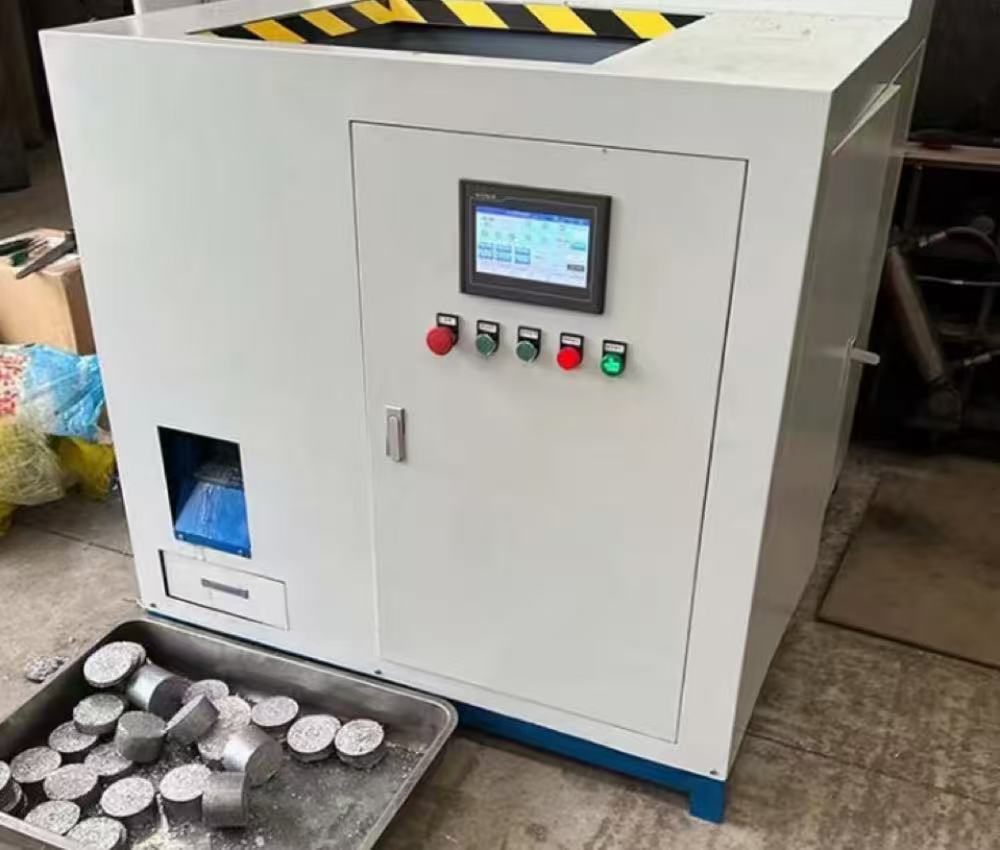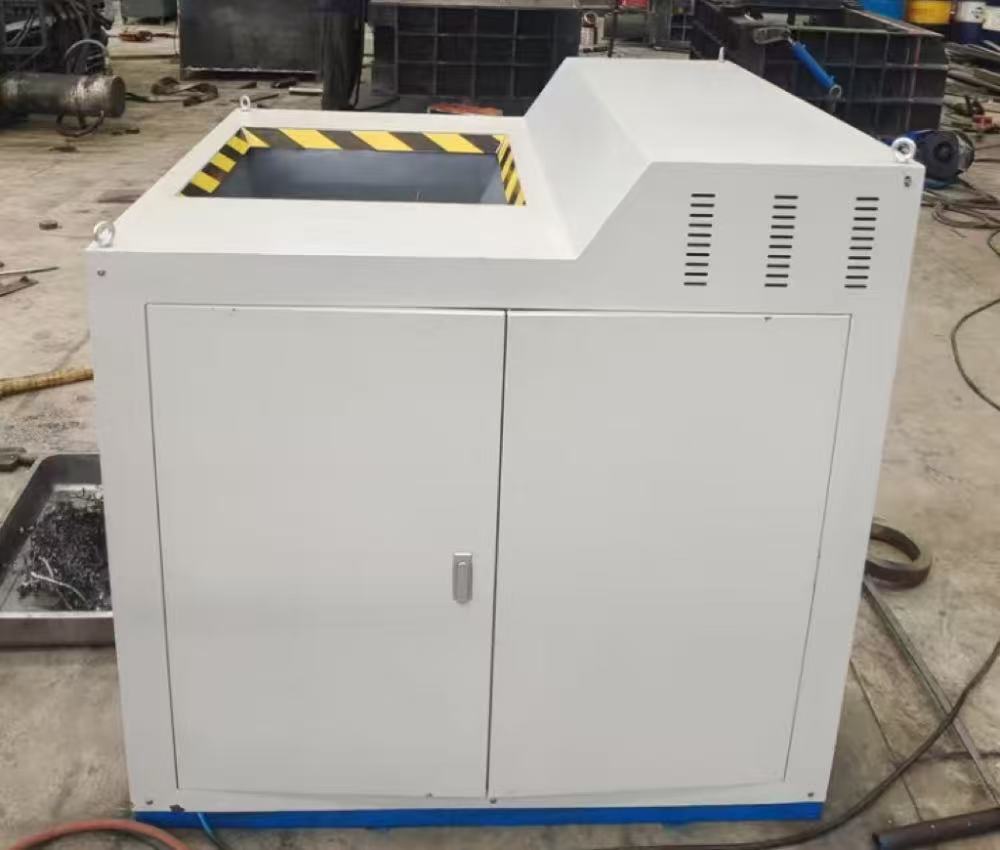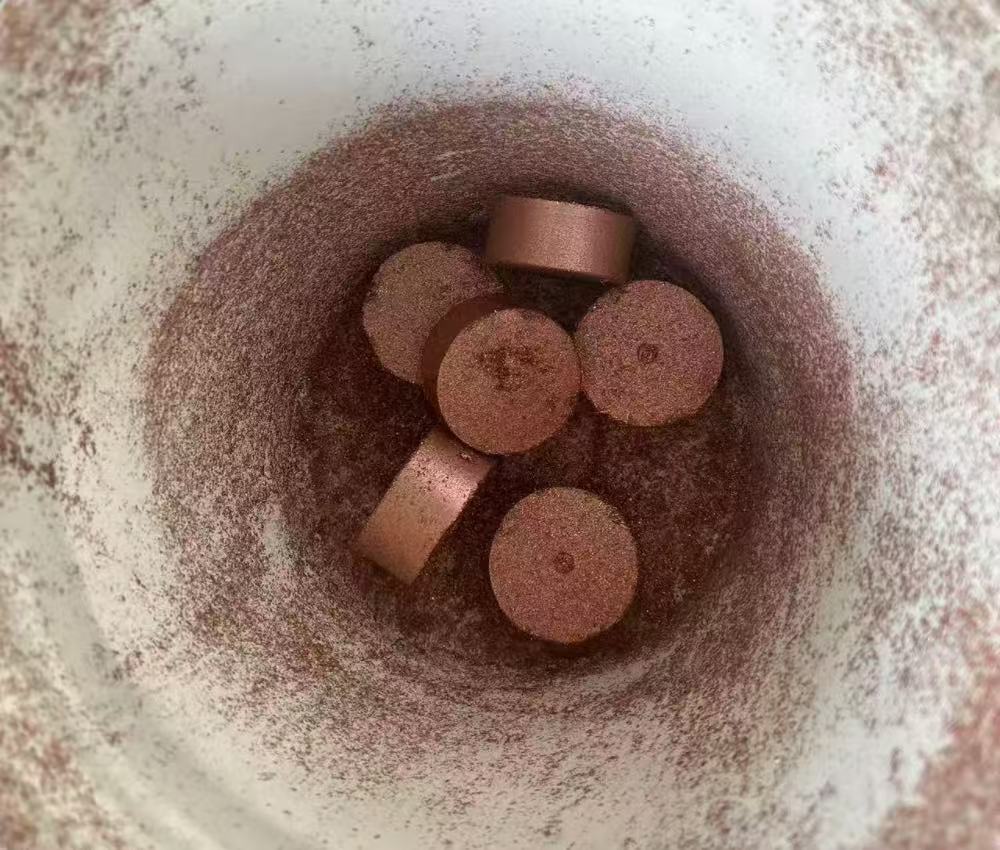What Is A Box-Type Briquette Machine?

A box-type briquette machine, also known as a box-type sawdust briquette press, is a piece of equipment designed to compress loose biomass materials into solid briquettes. These materials can include sawdust, wood chips, rice husks, straw, peanut shells, and other agricultural or industrial residues. The machine works by applying high pressure within a closed box structure, forming compact and uniform briquettes that are easy to store, transport, and use as fuel. Unlike traditional methods of burning raw biomass, briquetting transforms waste materials into a clean, energy-efficient, and high-density fuel source.
The structure of a box-type briquette machine is relatively simple but highly effective. It usually consists of a feeding system, a pressing chamber, a hydraulic or mechanical press, and an outlet for the finished briquettes. Some models are equipped with adjustable pressure settings, allowing users to control the density and size of the briquettes according to their specific needs. This versatility makes it suitable for small-scale workshops as well as medium-sized biomass processing plants.
Why Use A Box-Type Briquette Machine?

There are several reasons why industries and individuals choose to use a box-type briquette machine. First and foremost, it helps manage biomass waste efficiently. Agricultural and forestry residues are often abundant and difficult to store. Left untreated, these materials can rot, create unpleasant odors, or even pose fire hazards. By converting them into briquettes, waste is not only reduced but also transformed into a valuable resource.
Secondly, briquettes produced by this machine are an excellent alternative to traditional fuels such as coal or wood logs. They burn longer and hotter, with less smoke and ash, making them an environmentally friendly option. This contributes to reducing air pollution and supports sustainable energy practices.
Additionally, briquetting improves logistics and storage. Loose materials like sawdust or straw occupy significant space and are prone to dispersion during handling. Compressed briquettes, however, are compact, uniform, and easy to stack, which reduces storage requirements and transportation costs. For businesses that sell biomass fuel, this means higher efficiency and profitability.
Moreover, the use of a box-type briquette machine can provide economic benefits. Many regions have a demand for clean energy products, and producing high-quality briquettes can create additional revenue streams. Farmers, wood processing factories, and agricultural cooperatives can turn their by-products into marketable fuel, reducing waste disposal costs while generating income.
Finally, it supports the circular economy. By converting biomass residues into briquettes, industries participate in resource recycling and sustainable production practices, contributing to environmental protection and energy conservation.
How To Operate A Box-Type Briquette Machine?

Operating a box-type briquette machine is relatively simple, but a proper understanding of the process is essential to ensure efficiency, safety, and high-quality briquettes. The main steps involved are as follows: Here are the main steps involved:
1. Material Preparation
The first step is to prepare the raw materials. Biomass materials should be dry and free from excessive moisture. Ideally, the moisture content should be around 10-15%. Materials that are too wet can stick inside the machine, while overly dry materials may not bind properly. Chopping or shredding large pieces into smaller sizes is recommended for uniform pressing.
2. Feeding The Machine
Once prepared, the biomass is fed into the machine’s hopper. Depending on the machine model, feeding can be manual or automated. It’s important to ensure a continuous and even feed to avoid blockages and maintain consistent briquette quality.
3. Pressing Process
Inside the machine, hydraulic or mechanical pressure compresses the biomass into a solid block. The pressing chamber ensures that the briquette has a uniform shape and density. Adjustable settings allow operators to control the thickness, width, and density of the finished product. The pressure applied is crucial for the durability of the briquettes; higher pressure typically produces denser and longer-burning briquettes.
4. Briquette Ejection
After pressing, the briquettes are pushed out of the machine through an outlet. At this stage, they should have a smooth surface and consistent shape. Operators can check the briquettes for uniformity and adjust settings if necessary.
5. Drying And Storage
Depending on the moisture content, briquettes may require additional drying to improve durability and burning performance. Once fully dried, they can be stored in a dry environment, ready for sale or personal use. Proper storage ensures the briquettes retain their quality and energy content over time.
6. Maintenance And Safety
Regular maintenance of the machine is essential. Lubricating moving parts, inspecting hydraulic systems, and cleaning the pressing chamber help prevent breakdowns and extend the machine’s lifespan. Always follow safety precautions, including wearing protective gear and ensuring the machine is operated only by trained personnel.
Applications And Advantages Of Box-Type Briquette Machines
Box-type briquette machines are widely used across various industries and regions due to their versatility and efficiency. One of the main applications is in biomass fuel production. Farmers and agricultural cooperatives can convert crop residues, straw, rice husks, and peanut shells into uniform briquettes, which can then be sold as eco-friendly fuel. This not only generates additional income but also reduces the environmental impact of burning raw agricultural waste in open fields.
In wood processing factories, sawdust, wood chips, and other residues are often by-products that require proper disposal. Using a box-type briquette machine, these materials can be compressed into briquettes, improving workplace cleanliness, reducing waste disposal costs, and creating a marketable product.
Another advantage is the machine’s energy efficiency and sustainability. Briquettes produced are high-density, burn longer, and release more heat compared to loose biomass, making them an excellent alternative to coal or firewood. This contributes to lowering greenhouse gas emissions and supporting cleaner energy usage.
Additionally, the box-type design allows for compact operation and ease of maintenance. Its closed structure reduces material spillage and dust, ensuring a safer and cleaner working environment. The adjustable pressing system enables users to produce briquettes of varying sizes and densities, catering to different fuel requirements.
The machine also supports small- to medium-scale production, making it accessible to individual entrepreneurs, small workshops, and industrial operations alike. By adopting a box-type briquette machine, businesses can optimize resource utilization, reduce waste, and contribute to a more sustainable energy future.
Conclusion
The box-type briquette machine is a versatile and efficient solution for transforming biomass waste into valuable energy products. It addresses environmental challenges by reducing waste, providing a clean energy source, and supporting sustainable production practices. Its simplicity, efficiency, and adaptability make it suitable for a wide range of users, from small-scale farmers to industrial operators. By understanding what it is, why it is useful, and how to operate it effectively, businesses and individuals can maximize its benefits and contribute to a greener, more sustainable future.
If you are interested in ordering or learning more about our box-type briquette machine, feel free to contact me!
